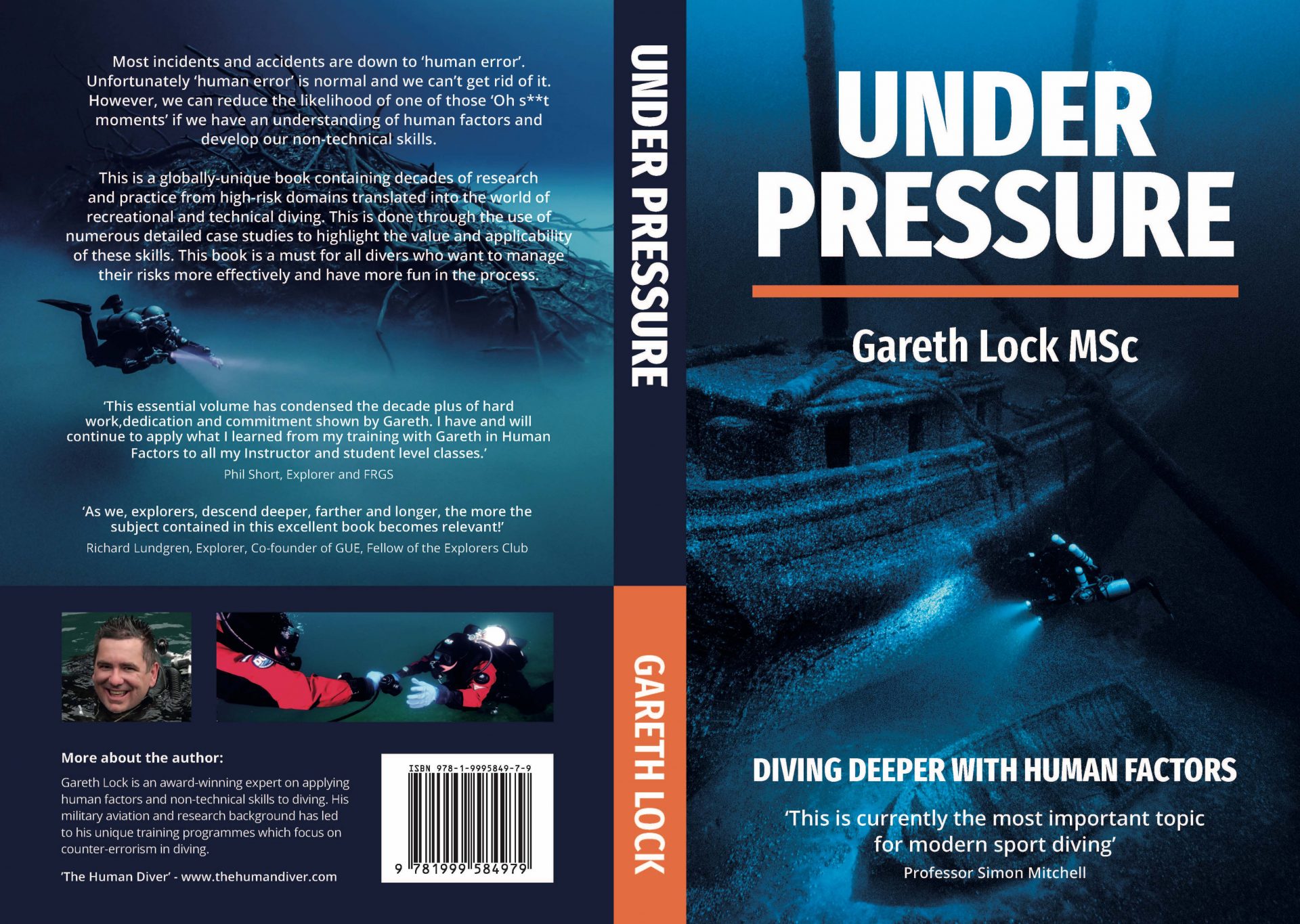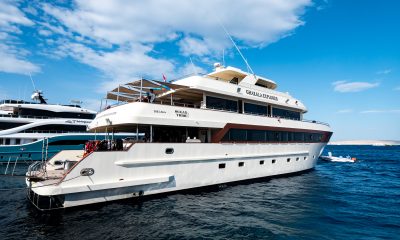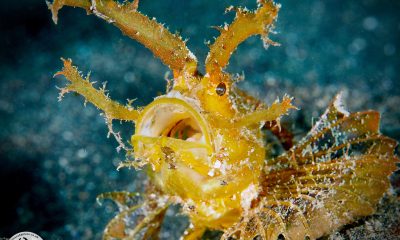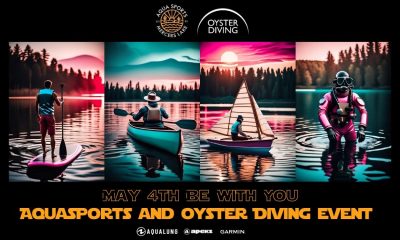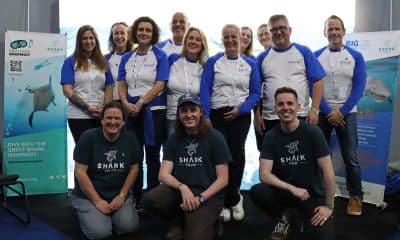News
Book Review: “Under Pressure – Diving Deeper with Human Factors” by Gareth Lock

We generally have one common goal in all our dive plans – getting back out of the water healthy and happy. But other goals can be important too! On a recent photogrammetry exercise, my scuba kit was checked and in good order, but I got into the water with a vacuum-sealed housing containing no camera – that dive could have been a disappointing waste of time, however safely conducted.
When things go wrong in diving it’s normal to identify a critical error and seek to identify – and blame – the individual responsible. This tendency can lead to a group’s collective actions and biases, in the lead-up to a particular failure, being ignored in the analysis. This hinders us in learning useful lessons and developing safer behaviours. In my case I have now written a “Stills Camera” checklist as well as one for “OC Scuba”; this should help prevent that ever happening again.
I make this embarrassing confession in the spirit of openness which Gareth Lock advocates in his important new book “Under Pressure – Diving Deeper with Human Factors”. This brings together years of work to examine the numerous non-technical skills which are required for successful activities in high-risk environments (specifically, underwater).
A “Just Culture” which promotes, rather than punishes, the sharing of experience is to all our benefit. Gareth has solicited a number of accounts of accidents, near-misses and bad situations from respected and experienced divers. These illustrate clearly the different ways in which human behaviours can lead to things going wrong, or to minor problems being compounded when they should have been handled. More importantly he introduces a number of tools and proposes an approach to the organisation of diving activities which enables all the participants to contribute to the safe execution of the dives and to perform as safely as possible.
This is a thought-provoking, absorbing and educational read which is relevant to any diver. I will certainly refer back to it and expect to read it again!
For more information about the book and Gareth himself visit www.thehumandiver.com.
News
Dive Worldwide Announces Bite-Back as its Charity of the Year

Over the next 12 months, specialist scuba holiday company Dive Worldwide will be supporting Bite-Back Shark & Marine Conservation with donations collected from client bookings to any one of its stunning dive destinations around the world. The independently-owned operator expects to raise £3000 for the UK charity.
Manager at Dive Worldwide, Phil North, said: “We’re especially excited to work with Bite-Back and support its intelligent, creative and results-driven campaigns to end the UK trade in shark products and prompt a change in attitudes to the ocean’s most maligned inhabitant.”
Bite-Back is running campaigns to hold the media to account on the way it reports shark news along with a brand new nationwide education programme. Last year the charity was credited for spearheading a UK ban on the import and export of shark fins.
Campaign director at Bite-Back, Graham Buckingham, said: “We’re enormously grateful to Dive Worldwide for choosing to support Bite-Back. The company’s commitment to conservation helps set it apart from other tour operators and we’re certain its clients admire and respect that policy. For us, the affiliation is huge and helps us look to the future with confidence we can deliver against key conservation programmes.”
To launch the fundraising initiative, Phil North presented Graham Buckingham with a cheque for £1,000.
Visit Dive Worldwide to discover its diverse range of international scuba adventures and visit Bite-Back to learn more about the charity’s campaigns.
MORE INFORMATION
Call Graham Buckingham on 07810 454 266 or email graham@bite-back.com
Gear News
Scubapro Free Octopus Promotion 2024
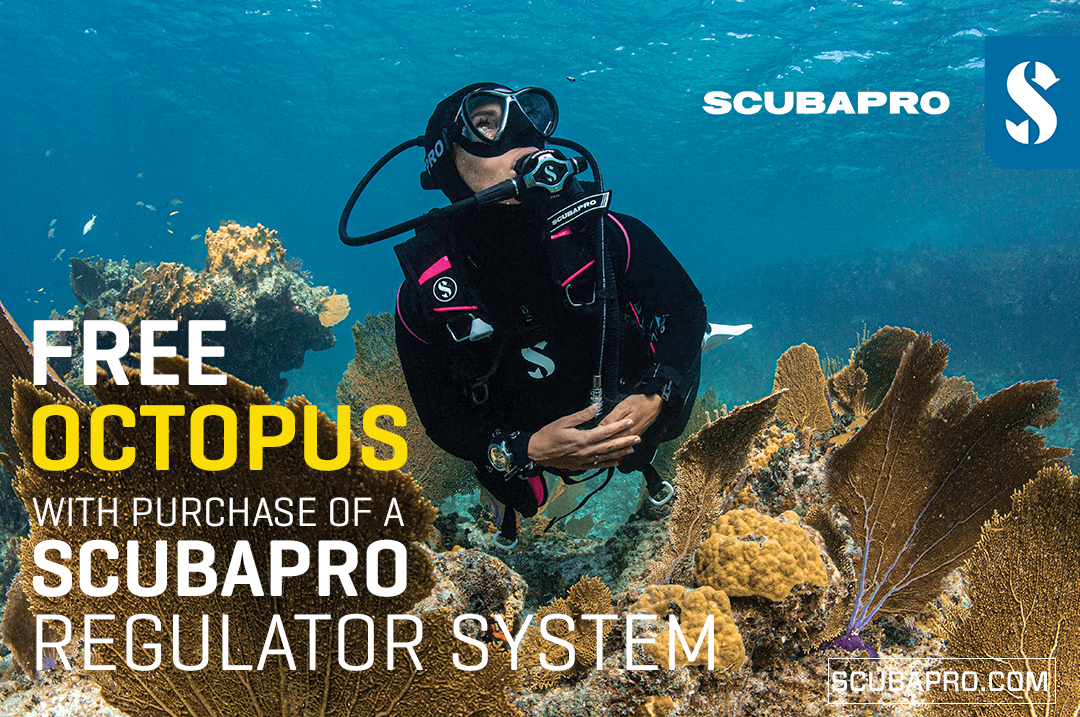
Free Octopus with every purchase of a SCUBAPRO regulator system
Just in time for the spring season, divers can save money with the FREE OCTOPUS SPRING PROMOTION! Until July 31st SCUBAPRO offers an Octopus for free
with every purchase of a regulator system!
Get a free S270 OCTOPUS with purchase of these combinations:
MK25 EVO or MK19 EVO with A700
MK25 EVO or MK19 EVO with S620Ti
MK25 EVO or MK19 EVO with D420
MK25 EVO Din mit S620Ti-X
Get a free R105 OCTOPUS with purchase of the following combinations:
MK25 EVO or MK19 EVO with G260
MK25 EVO or MK17 EVO with S600
SCUBAPRO offers a 30-year first owner warranty on all regulators, with a revision period of two years or 100 dives. All SCUBAPRO regulators are of course certified according to the new European test standard EN250-2014.
Available at participating SCUBAPRO dealers. Promotion may not be available in all regions. Find an authorized SCUBAPRO Dealer at scubapro.com.
More information available on www.scubapro.com.
-
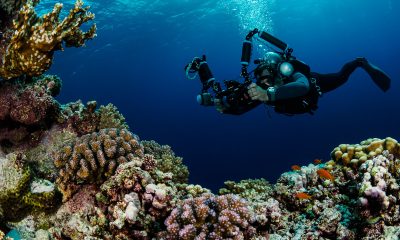
 News3 months ago
News3 months agoHone your underwater photography skills with Alphamarine Photography at Red Sea Diving Safari in March
-
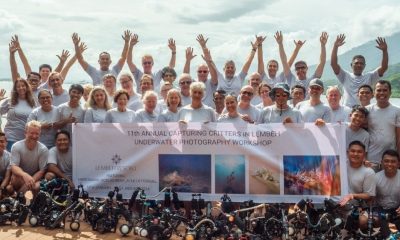
 News3 months ago
News3 months agoCapturing Critters in Lembeh Underwater Photography Workshop 2024: Event Roundup
-
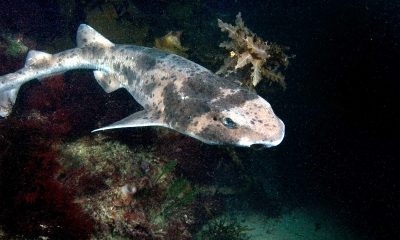
 Marine Life & Conservation Blogs3 months ago
Marine Life & Conservation Blogs3 months agoCreature Feature: Swell Sharks
-
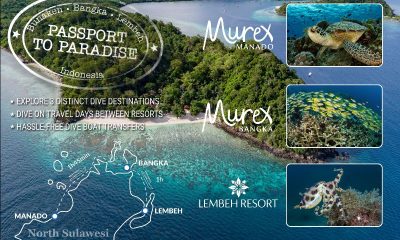
 Blogs2 months ago
Blogs2 months agoMurex Resorts: Passport to Paradise!
-
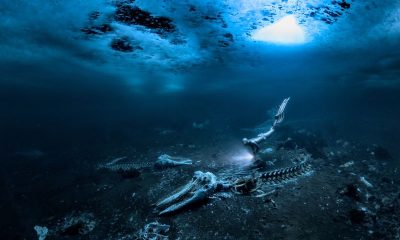
 Blogs2 months ago
Blogs2 months agoDiver Discovering Whale Skeletons Beneath Ice Judged World’s Best Underwater Photograph
-
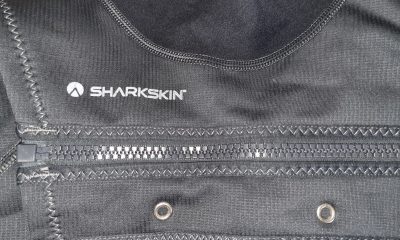
 Gear Reviews2 weeks ago
Gear Reviews2 weeks agoGEAR REVIEW – Revolutionising Diving Comfort: The Sharkskin T2 Chillproof Suit
-
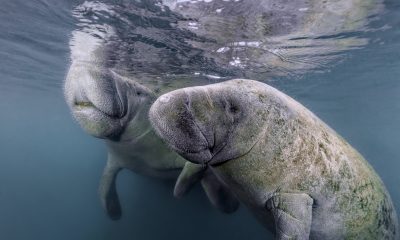
 Marine Life & Conservation2 months ago
Marine Life & Conservation2 months agoSave the Manatee Club launches brand new webcams at Silver Springs State Park, Florida
-

 Gear Reviews3 months ago
Gear Reviews3 months agoGear Review: Oceanic+ Dive Housing for iPhone


